What is VMFS?
Hi,
VMFS 6 datastore came with vSphere 6.5, but there are some changes here. VMFS 6 has a partially different structure. There are a few changes compared to VMFS 5. I was actually expecting this variation in vSphere 6.0, but it came in vSphere 6.5. However, I would like to give a brief explanation. If you pay attention to the article in which I wrote the differences between VMFS 3 and VMFS 5, we could upgrade online from VMFS 3 to VMFS5 datastore. However, we will no longer be able to do this in VMFS 6 datastores that come with vSphere 6.5. Unfortunately, we do not have the chance to directly upgrade from VMFS 5 to VMFS 6.
What is VMFS?
If you already have VMFS 3 and VMFS 5 datastores in ESXi 6.5, you can continue to use them. However, when you want to create a new datastore, you cannot create a VMFS 3 datastore. You can only create VMFS 5 and VMFS 6 datastores. In addition, if you already have VMFS 3 and VMFS 5 datastores, you cannot directly upgrade them to VMFS 6 datastore. You can use VMFS 5 datastores after upgrading to vSphere 6.5, but if you want to switch to VMFS6 datastores, it will be to migrate the virtual machines in VMFS5 datastore to VMFS 6 datastore.
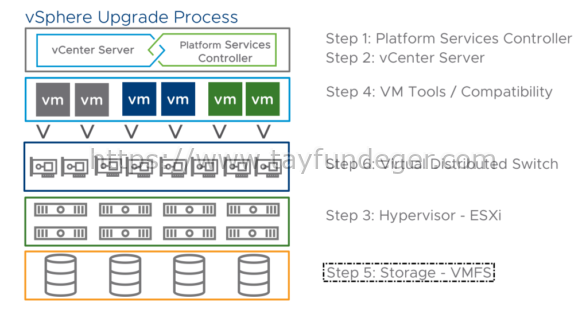
It uses ESXi data stores to store virtual disks. Data warehouses are logical containers that hide the physical storage features of virtual machines and provide a uniform model for storing virtual machine files. The local vSphere Virtual Machine File System (VMFS) format is used in data stores that you deploy on block storage devices. It is a special high performance file system format optimized to store virtual machines.
Use the vSphere Client application to preset the VMFS data store on the block-based storage device your ESXi host finds. The VMFS data store can be expanded to include SAN LUNs and various physical storage devices including local storage. This feature allows you to combine storage and provides flexibility in creating the required data store for your virtual machines.
You can increase the capacity of the data store while virtual machines are running in the data store. This feature allows you to add new space to your VMFS repositories because your virtual machine requires it. VMFS is designed for simultaneous access from multiple physical machines and implements appropriate access controls on virtual machine files.
| Features and Functionalities | VMFS5 | VMFS6 |
|---|---|---|
| Access for ESXi hosts version 6.5 and later | Yes | Yes |
| Access for ESXi hosts version 6.0 and earlier | Yes | No |
| Datastores per host | 512 | 512 |
| 512n storage devices | Yes | Yes (default) |
| 512e storage devices | Yes. Not supported on local 512e devices. | Yes (default) |
| 4Kn storage devices | No | Yes |
| Automatic space reclamation | No | Yes |
| Manual space reclamation through the esxcli command. See Manually Reclaim Accumulated Storage Space. | Yes | Yes |
| Space reclamation from guest OS | Limited | Yes |
| GPT storage device partitioning | Yes | Yes |
| MBR storage device partitioning | Yes For a VMFS5 datastore that has been previously upgraded from VMFS3. | No |
| Storage devices greater than 2 TB for each VMFS extent | Yes | Yes |
| Support for virtual machines with large capacity virtual disks, or disks greater than 2 TB | Yes | Yes |
| Support of small files of 1 KB | Yes | Yes |
| Default use of ATS-only locking mechanisms on storage devices that support ATS. See VMFS Locking Mechanisms. | Yes | Yes |
| Block size | Standard 1 MB | Standard 1 MB |
| Default snapshots | VMFSsparse for virtual disks smaller than 2 TB. SEsparse for virtual disks larger than 2 TB. | SEsparse |
| Virtual disk emulation type | 512n | 512n |
| vMotion | Yes | Yes |
| Storage vMotion across different datastore types | Yes | Yes |
| High Availability and Fault Tolerance | Yes | Yes |
| DRS and Storage DRS | Yes | Yes |
| RDM | Yes | Yes |
- Datastore Extents. A spanned VMFS datastore must use only homogeneous storage devices, either 512n, 512e, or 4Kn. The spanned datastore cannot extend over devices of different formats.
- Block Size. The block size on a VMFS datastore defines the maximum file size and the amount of space a file occupies. VMFS5 and VMFS6 datastores support the block size of 1 MB.
- Storage vMotion. Storage vMotion supports migration across VMFS, vSAN, and Virtual Volumes datastores. vCenter Server performs compatibility checks to validate Storage vMotion across different types of datastores.
- Storage DRS. VMFS5 and VMFS6 can coexist in the same datastore cluster. However, all datastores in the cluster must use homogeneous storage devices. Do not mix devices of different formats within the same datastore cluster.
- Device Partition Formats. Any new VMFS5 or VMFS6 datastore uses GUID partition table (GPT) to format the storage device. The GPT format enables you to create datastores larger than 2 TB. If your VMFS5 datastore has been previously upgraded from VMFS3, it continues to use the master boot record (MBR) partition format, which is characteristic for VMFS3. Conversion to GPT happens only after you expand the datastore to a size larger than 2 TB.
You can use VMFS 5 and VMFS 6 datastores in the same datastore cluster. However, all homogeneous storage devices in datastore cluster should use 512n or 512. These formats are directly related to VSAN. It is a very nice method to give datastore from 300GB to 10TB. You should not add devices of the same datastore cluster in different formats. It supports 1MB block size in VMFS 6, just like VMFS 5.
Thanks.


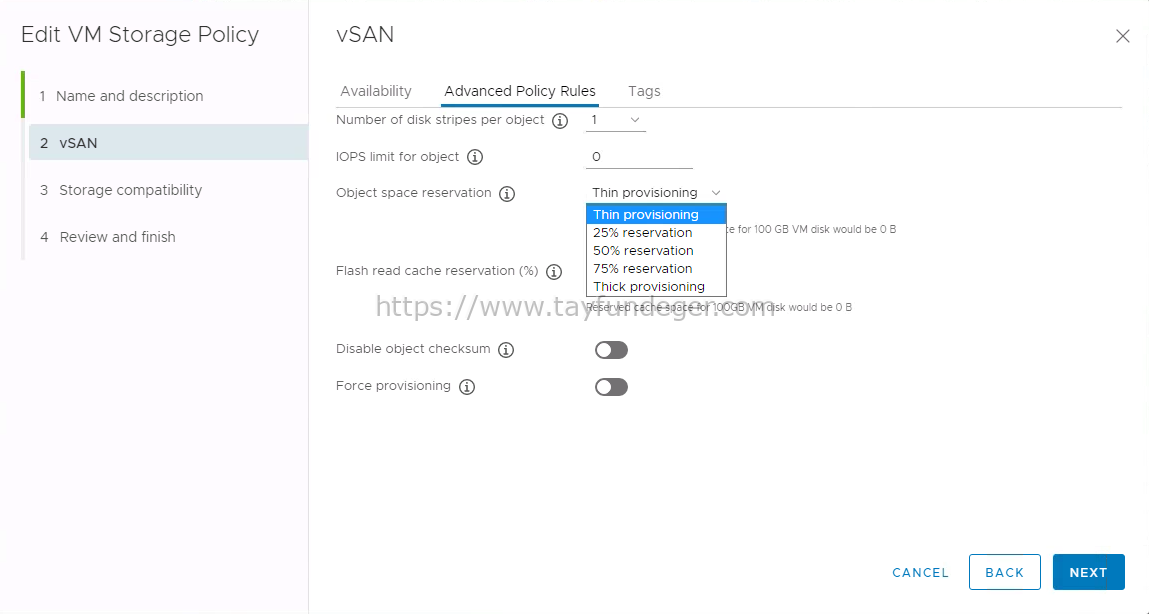
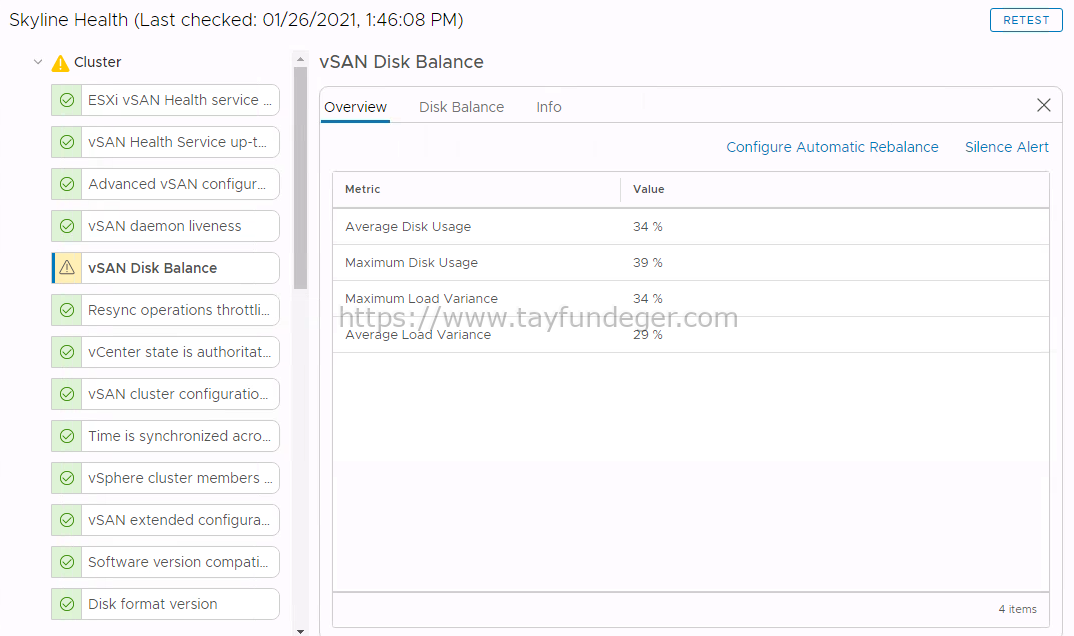
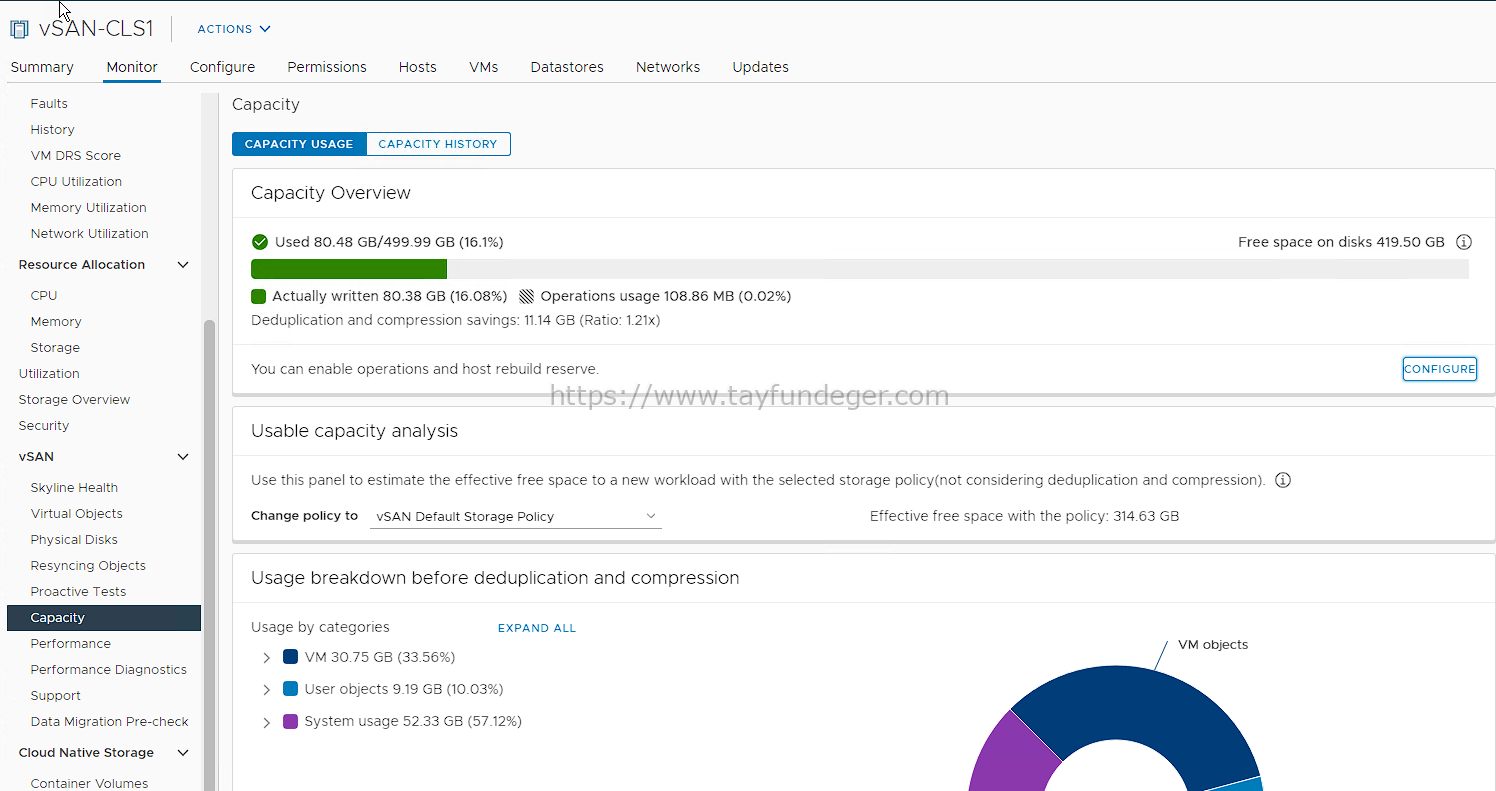
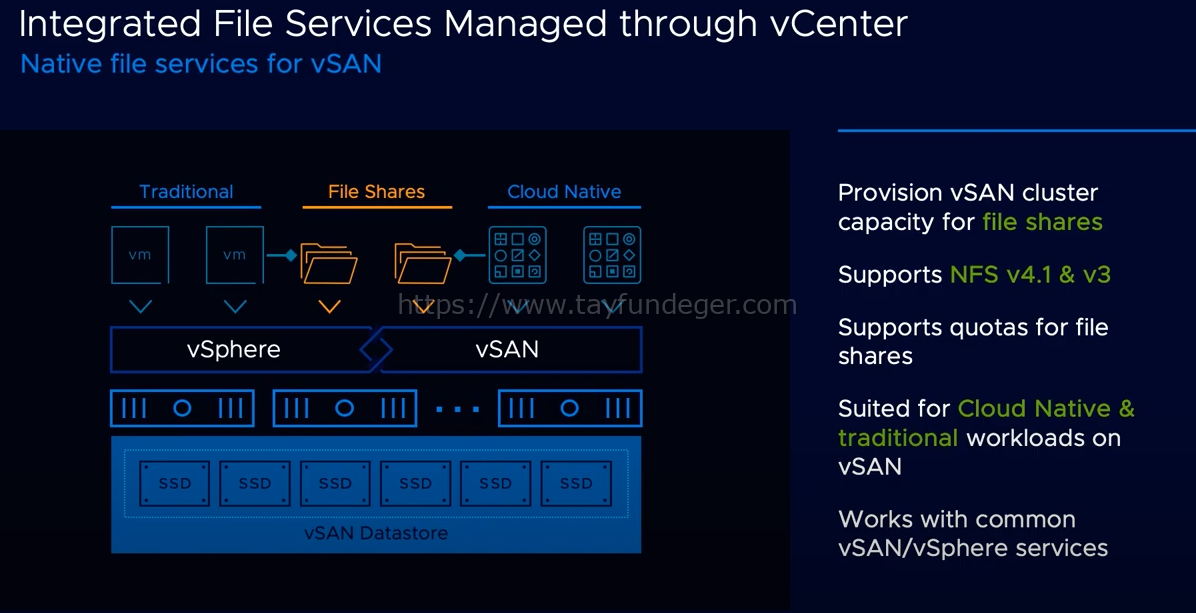
Can we migrate VMs from a VMFS6 Datastore to a VMFS5 Datastore and viceversa?